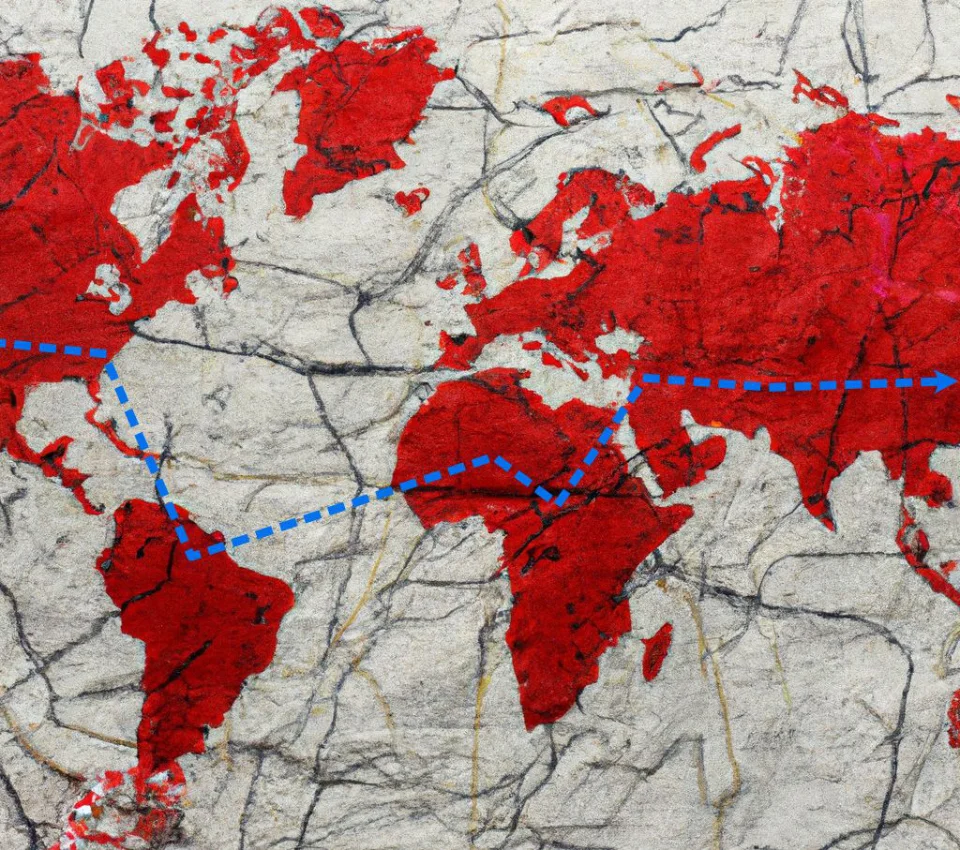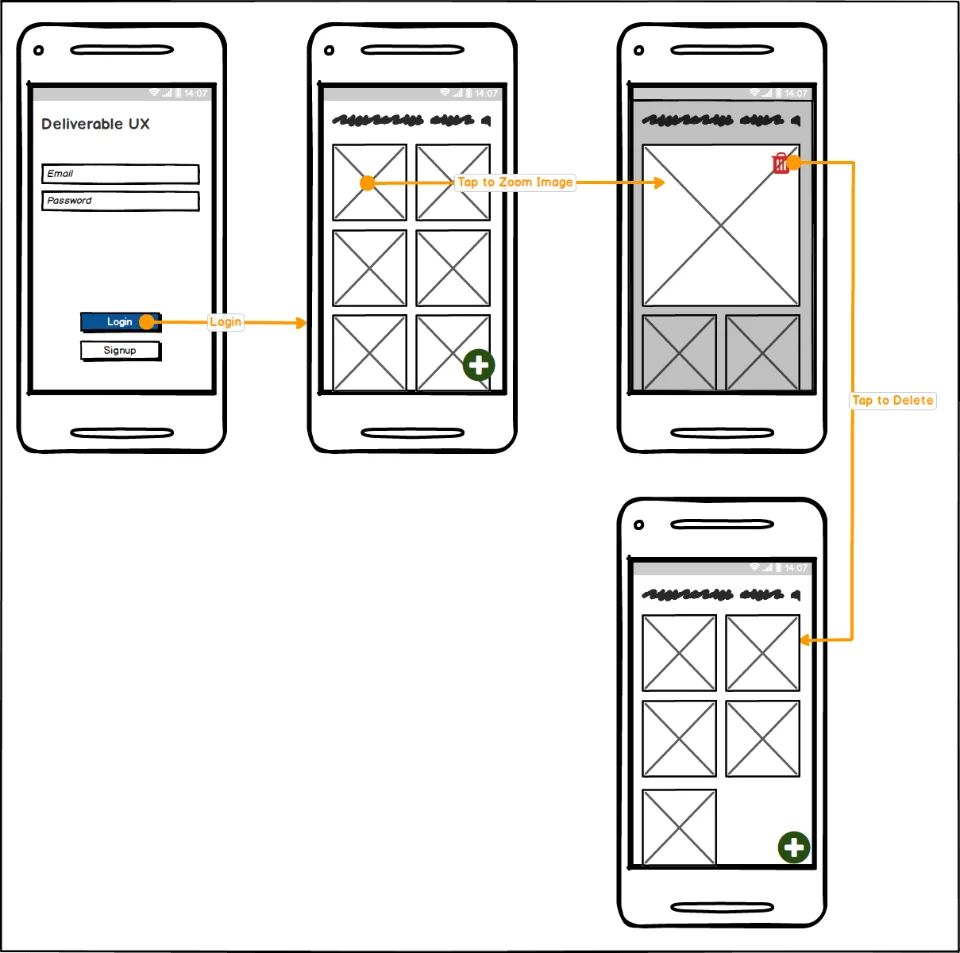Journey Mapping: What Components To Include?
The components of a customer journey map are persona, scenario & expectations, timeline/phases, emotions/mindsets, actions, and opportunities. Customer journey maps can help organizations understand how customers interact with their product or service and identify areas where they can improve the customer experience.
Wes Hunt
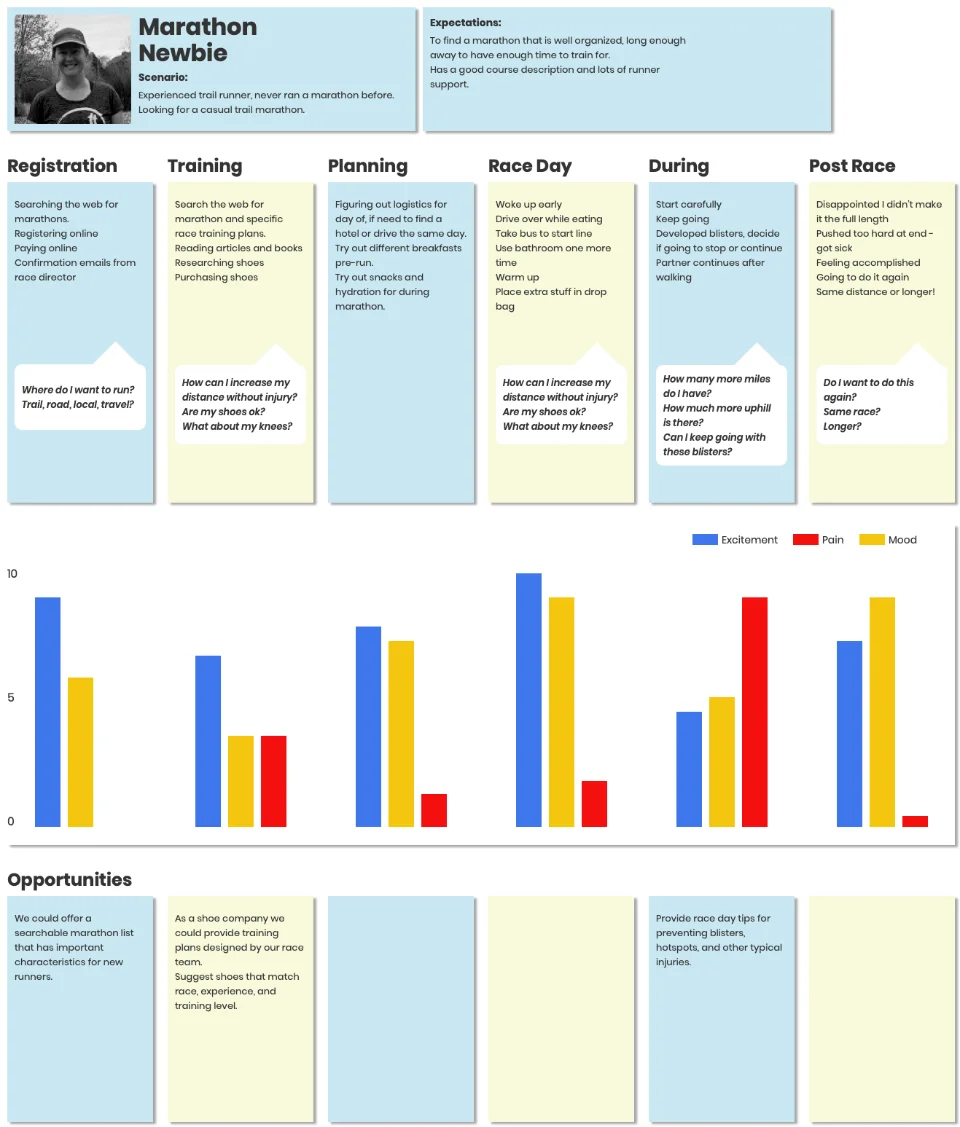
A customer or user journey map is a great way to visualize an individual or group experience when experiencing an event or trying to meet some specific goals. Journey maps can help you identify pain points and areas for improvement, as well as build an understanding of customers beyond how they interact with your organization. Several components make up a journey map, including the Persona, Scenario, Phases, Thoughts & Emotions, Actions, and Opportunities. In this blog post, we will discuss each of these components in more detail!
Components of a Customer Journey Map
1. Persona
The Persona component, sometimes referred to as Actor includes the person making the journey, they may be a customer or a user of your product, but they may not be. This can be an individual or a group of people, depending on the scenario. Personas are a bigger topic, but the key is these should be based on UX research, not assumptions. Lack of research on real people is the main reason we see Personas and most UX Maps fail.

2. Scenario
The scenario, expectations, and goals component describes what the Persona is trying to do and their main goal. This section also includes information about how the customer expects to get there. Including goals and expectations is critical, people do not seek to use your services, they seek to meet their own goals. Successfully understanding what the Persona knows they need, means less spent on marketing to create a need or "educate" the market.
3. Phases
The phases or timeline component breaks up the total journey into different phases of the journey, depending on the scenario. This helps you visualize how the customer moves through the scenario to meet their end goals. You can then visualize how your organization can help them in each phase of their journey.
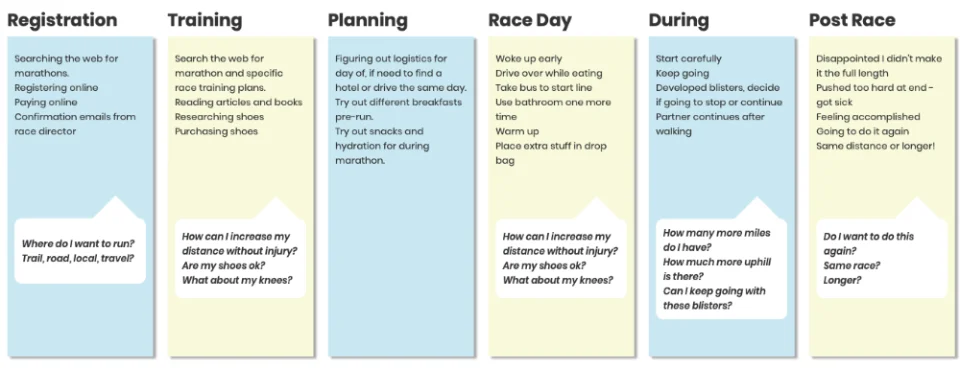
4. Thoughts & Emotions
The thoughts and emotions component shows how the customer is feeling as they move through each phase of their journey. There is a tendency for product teams to ignore the emotional state of customers and treat them like some form of automaton. "Put this ad here, the human then logically chooses us when X". People do not make decisions that way. Sometimes the decisions are logical, but rarely are our decisions not influenced by some emotion. How is the Persona being motivated in the current phase? Are they rushed, is this a time-sensitive decision for some reason? Is there some high demand that they are addressing and are both distracted and stressed in this phase of the journey?
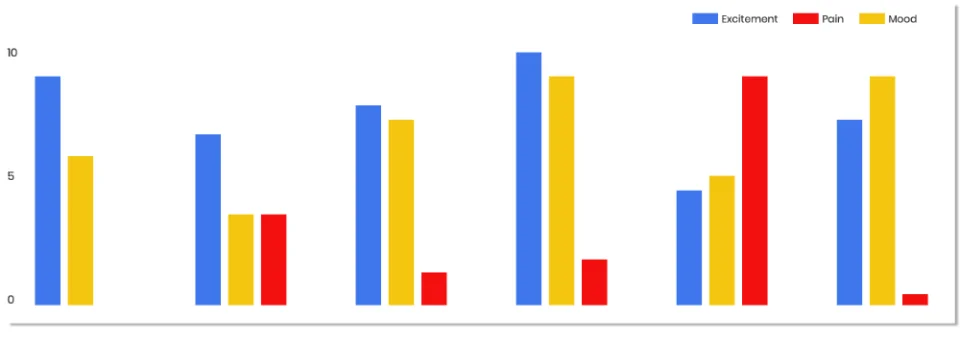
5. Actions
Actions describe what the Persona is doing in each Phase to achieve their goals. Some replace this with touchpoints, but that is a mistake as you can miss opportunities. Touchpoints are all of the places where the customer interacts with your organization. Actions may include touchpoints, but there may be actions the Persona is taking where your company does not have a touchpoint.
6. Opportunities
Opportunities are areas where your organization could improve the customer's experience. The most common opportunities arise from the intersection of Actions and Emotions. If there is a particularly strong emotion combined with a lack of touchpoint for a Persona's Action, then there is a strong need. The other common opportunity is strong Emotion with an existing touchpoint for a Persona's Action. Is your organization or a competing one frustrating the user of your product? A single failed Phase in a user journey could lose a group of customers forever. Think about the last time you had a very poor customer experience at a key point, did you stay with the company? At the very least, do you recommend that company anymore?

Summary
The components of a customer journey map are persona, scenario & expectations, timeline/phases, emotions/mindsets, actions, and opportunities. Customer journey maps can help organizations understand how customers interact with their product or service and identify areas where they can improve the customer experience.
